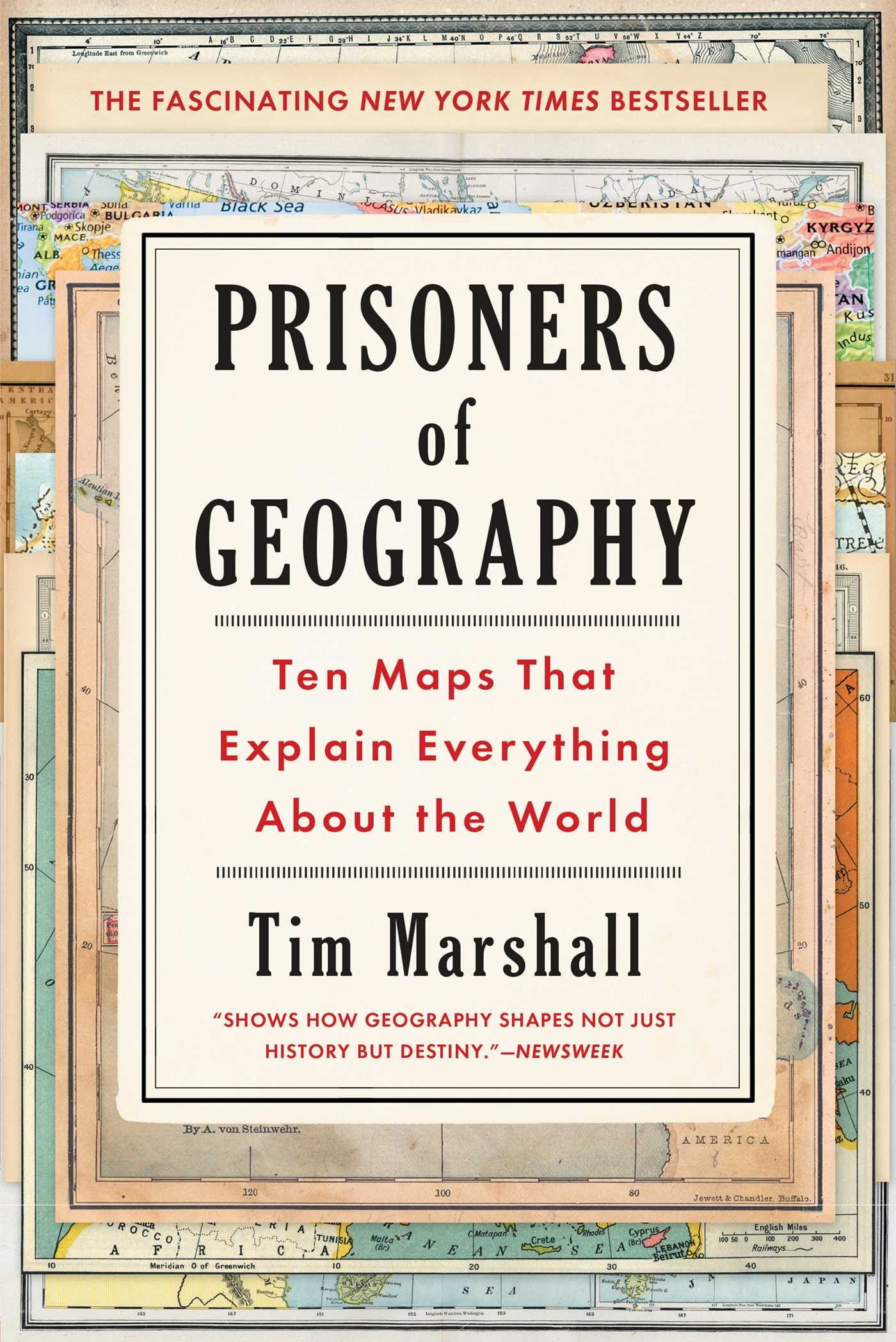
Disha

W. G. Sebald, The Rings of Saturn
Returning to W.G. Sebald during the heatwave in Europe was both balm and irritant, as I read once more the lines: “I became preoccupied not only with the unaccustomed sense of freedom but also with the paralysing horror that had come over me at various times when confronted with the traces of destruction, reaching far back into the past, that were evident even in that remote place.” (The Rings of Saturn, 3) A meditative travelogue about a walking trip Sebald took through coastal East Anglia in August 1992, this book was first an undergraduate favorite of mine, then the focus of a collaborative project in my first year of graduate school, and remains the dreamiest and bleakest of summer reads. Though perhaps at first glance, a stroll through the life of Roger Casement, the silkworm industry, Bergen-Belsen, and the Taiping Rebellion might seem like mere literary list-making, there is a hard, righteous edge to The Rings of Saturn that I have found helpful when reading and writing about the world-historical. Walking back and forth across Heidelberg during this uneasy August also compelled me to request Yair Mintzker’s The De-fortification of the German City, 1689-1866 (2012) from the university library’s reading room, as I became aware of moving from the Altstadt to the rest of the city, from what used to be inside the walls to what used to be outside. From a concrete and discrete legal entity — the walled city — to something that lay open to blending with the surrounding countryside, the German city in Mintzker’s telling is the site of political re-imagination and traumatic (de-) construction, of “the old world to which the walls belonged and the modern world that replaced it” (5). Destruction as driving force has become the theme of my summer reading, with potentially disastrous consequences for my dissertation prospectus draft, due next semester. (And if you take up these recommendations and need a destruction-bop, I’d suggest this.)
A.J.

John O’Brien, Keeping it Halal: The Everyday Lives of Muslim American Teenage Boys (Princeton: Princeton University Press, 2017).
This has been a crazy summer, so fair warning: I’m not going to spend a lot of time turning my prose into poetry. But when asked to recommend a book, one popped immediately to mind: John O’Brien’s Keeping it Halal: The Everyday Lives of Muslim American Teenage Boys. Simply put: I really enjoyed this book. Keeping it Halal is an ethnography focused on the lives of Muslim American teenage men as they navigate their identities in a complicated context. It’s been widely praised, and rightly so. For one, the subject matter (in hindsight) seems almost confusingly neglected. Many scholars have worked on the idea of being Muslim and American from a variety of angles. But they’ve also almost unanimously dealt with adult immigrants. After reading O’Brien’s book, it’s clear that the different stages of life should also be carefully included as we model the “immigrant experience”. Further, while the sample is rather small, O’Brien stays with them for quite a long time, allowing him to develop analysis that is deeply historical and reflects more than just a single moment. Perhaps most importantly, the book is intimate and is surprisingly enjoyable to read. The boys featured are very much real and the struggles—and triumphs—they experience are rendered potently. While slogging through endlessly, unnecessarily dense academic readings, it can be easy to forget that reading can be both smooth and impactful at the same time. In short: I both grew and had fun reading Keeping it Halal.
Eric
I spent too long this summer puzzling over the final chapter of Istvan Hont’s 2005 Jealousy of Trade. Hont’s larger concern is the integration of political economy, and especially international trade, into the history of political thought. In the final chapter of the book Hont pursues his arguments, or perhaps his reconstitution of arguments between neo-Republicanism and post-Hobbesian natural right theorists, into and through the French Revolution. The details of Hont’s claims about the Abbé Sièyes and Jacobin political thought, as well as the emergence of the incoherent concept of the nation-state, to the side, it seems clear to me that what emerges from his approach to the period is how territory has function as a stumbling block for political thought. Since his death in 2013, Hont has himself become the subject of scholarship. At least one attempt to think systematically about the consequences for political theory does not agree with my reading. It seems to me that we have recently seen significant attempts to apply republican political ideas, for instance, in fields that are no longer intuitive. A Hontian history of political ideas would be a useful background for such projects, rather than ruling them out of court. Is our world still one in which territorially based states can meaningfully intervene in their own economies to, for instance, alter wage levels or the organization of debt, in order to compete with other territorially based states? The intuitive answer is surely yes, we are still living in the world of jealousy of trade.
And yet any serious answer to this question must look also to contemporary conditions in the global marketplace—or, what is a somewhat different thing, the global economy. It seems to me that a full accounting of Hont’s historical framework—its genesis from the 70s on as well as its meaning today—must take place with a view to what is radically new or anomalous in the economic conditions of those years and today, as for instance Adam Tooze’s new book begins to allow us to do. Does it seriously make sense to worry about the imperial tendencies of neo-republicanism amidst such disorder? What do the conditions of global finance do to the political meaning of liberal attachment to the territorial state? And finally, how—if at all—might the 18th century help us to think through these questions?
Kristin

Tim Marshall, Prisoners of Geography
In celebration of submitting my master’s thesis, I recently made a conscious effort to expand the subject matter of my reading list; however, victim of my own obsessions, I must wryly admit that I am still recommending a book which dedicates one chapter to my own subject. With the aim of expanding my knowledge of global political history, I took up Tim Marshall’s Prisoners of Geography: Ten Maps That Explain Everything About the World.
A veteran foreign correspondent for the BBC and Sky News, Marshall presents a materialist’s perspective on national borders, their reasons for being, and causes of conflict on and within those borders. The book is divided into ten chapters, each focusing on a different geopolitical region. Each of these chapters contextualizes current events within the given region by supplying information as to the natural resources available in the area, actions required to access necessary resources, and the state’s military defensibility. Together, these ten case studies present and support a principle theory of geopolitics: geography dictates the needs of a people and the state which they form.
Well-researched and cohesively presented, Marshall’s book provides a great deal of useful information for readers interested in expanding their knowledge of political histories and conflicts around the world. While providing accurate information as to the states of affairs in ten regions, however, Marshall’s work reflects ardent support for geopolitical theory and occasionally omits complicating factors from the discussion.
In short, for the newcomer, Prisoners of Geography serves as a strong introduction to regional geopolitics, while for those more knowledgeable in the subject, Marshall’s analysis may inspire fascinating questions and conversations.
Derek
Sam Wineburg; Mark Smith; Joel Breakstone, “What is Learned in College History Classes,” Journal of American History 104, no. 4 (March 2018), 983–993.
“The study of history should be a mind-altering encounter that leaves one forever unable to consider the social world without asking questions about where a claim comes from, who is making it, and how time and place shape human behavior.” It’s hard to disagree. But, for all of the conversations and fine mentorship I’ve had about teaching history over the past five years, I have never thought seriously about formative assessments to evaluate these skills during the course of the semester. The authors of a recent essay in the Journal of American History’s “Textbooks and Teaching” section explain that a formative assessment, “is distinguished from end-of-course assessment by its purpose: to inform teaching, not to give students a grade.” In fact, I don’t believe I have ever observed or participated in such an assessment. I can’t imagine who would contest the authors’ straightforward prompt: “Historians have long claimed that historical study teaches critical thinking. Our results suggest that this may not occur by osmosis. Might a more direct approach be necessary?” They helpfully suggest how we might do so.
I’d strongly recommend this small archive of insightful guidance and research about teaching history (now a decade old) and this short essay in particular: “What is Learned in College History Classes.” The authors recount the effective failure of college history students and majors to accomplish a set of tasks designed to test high school learning outcomes. The well-designed tasks test the ability of students’ to perform basic historical skills through the analysis of primary documents, thus bridging the gap between the abstract goals we claim about the purpose of teaching history and the point. In the much larger puzzle of how to promote the humanities in this era, this seems a small but very important and actionable piece.




Leave a Reply